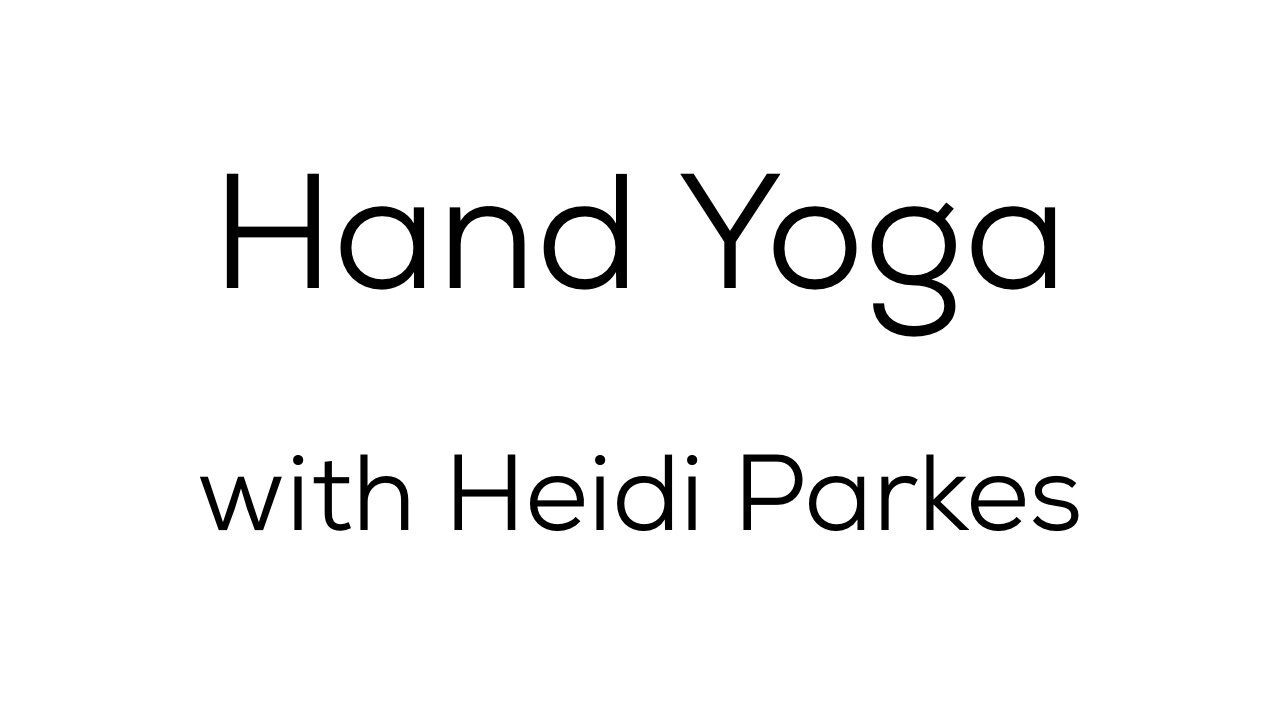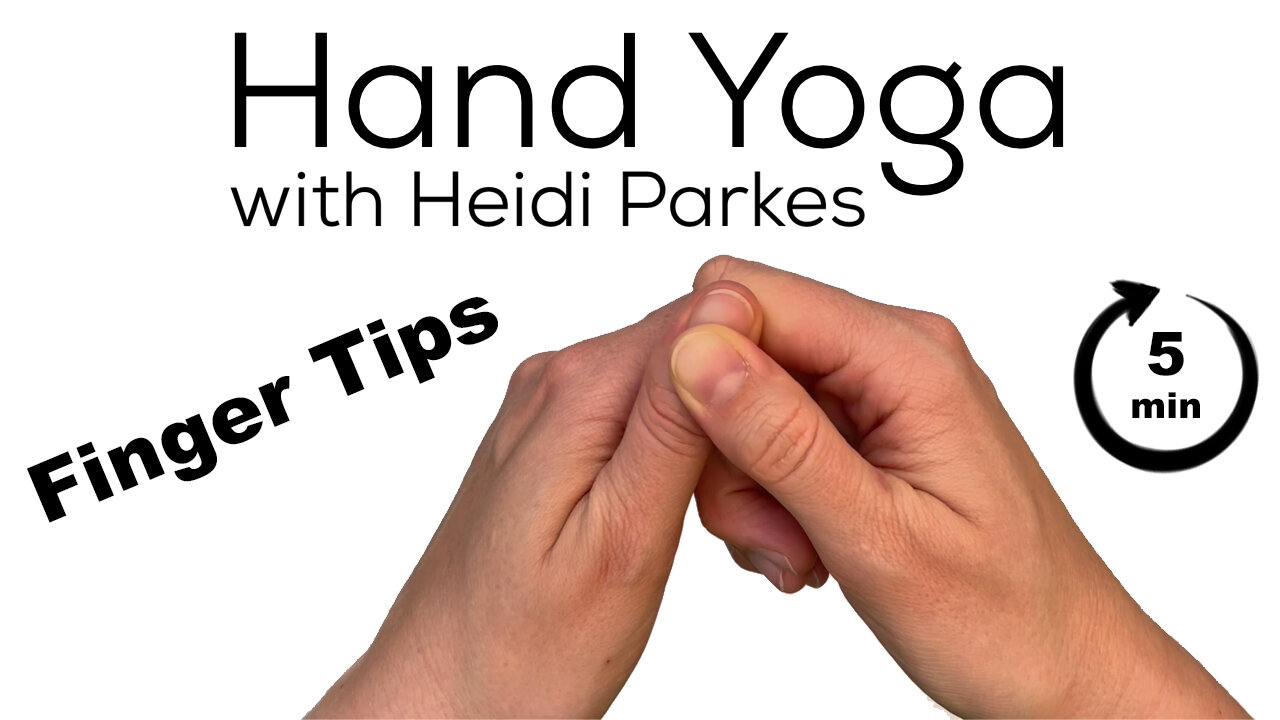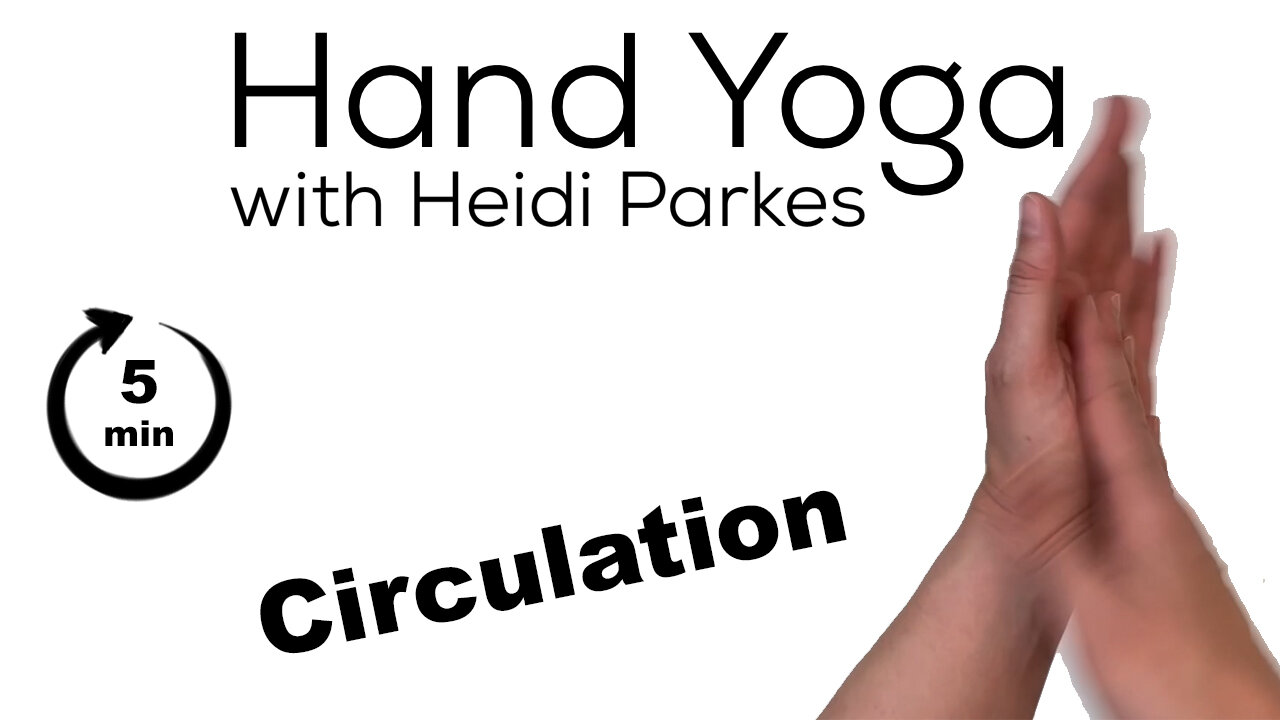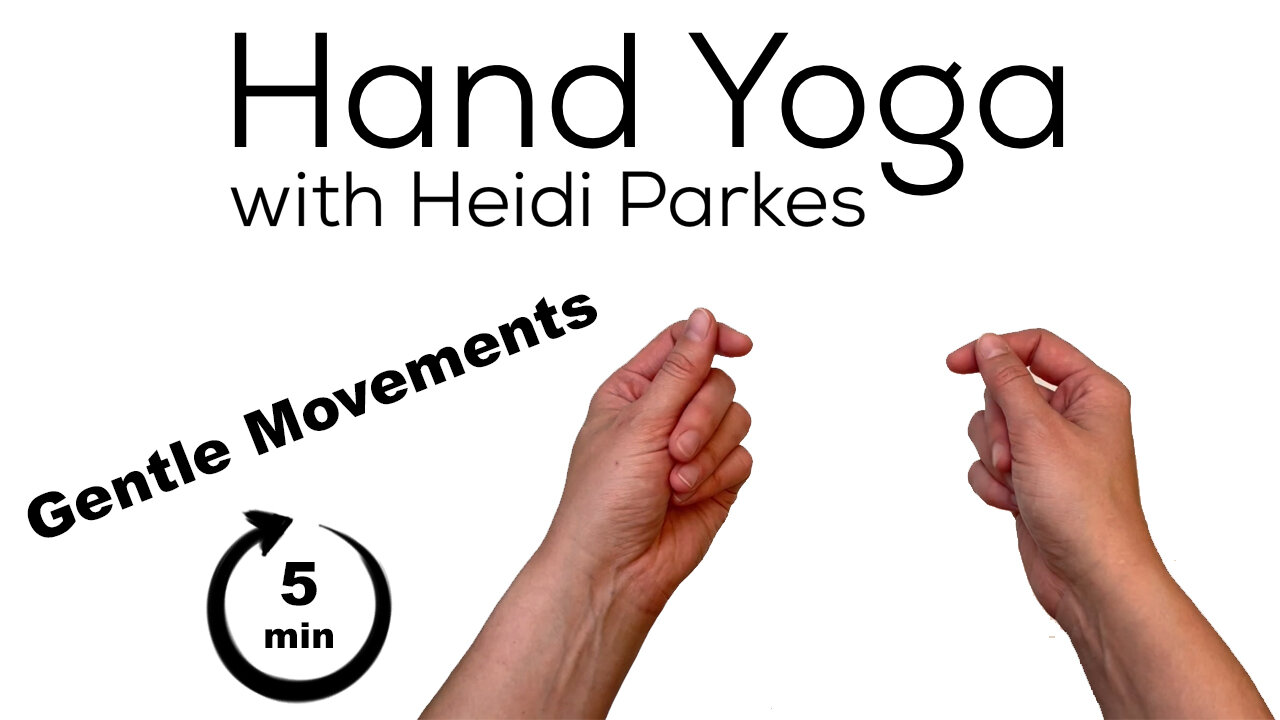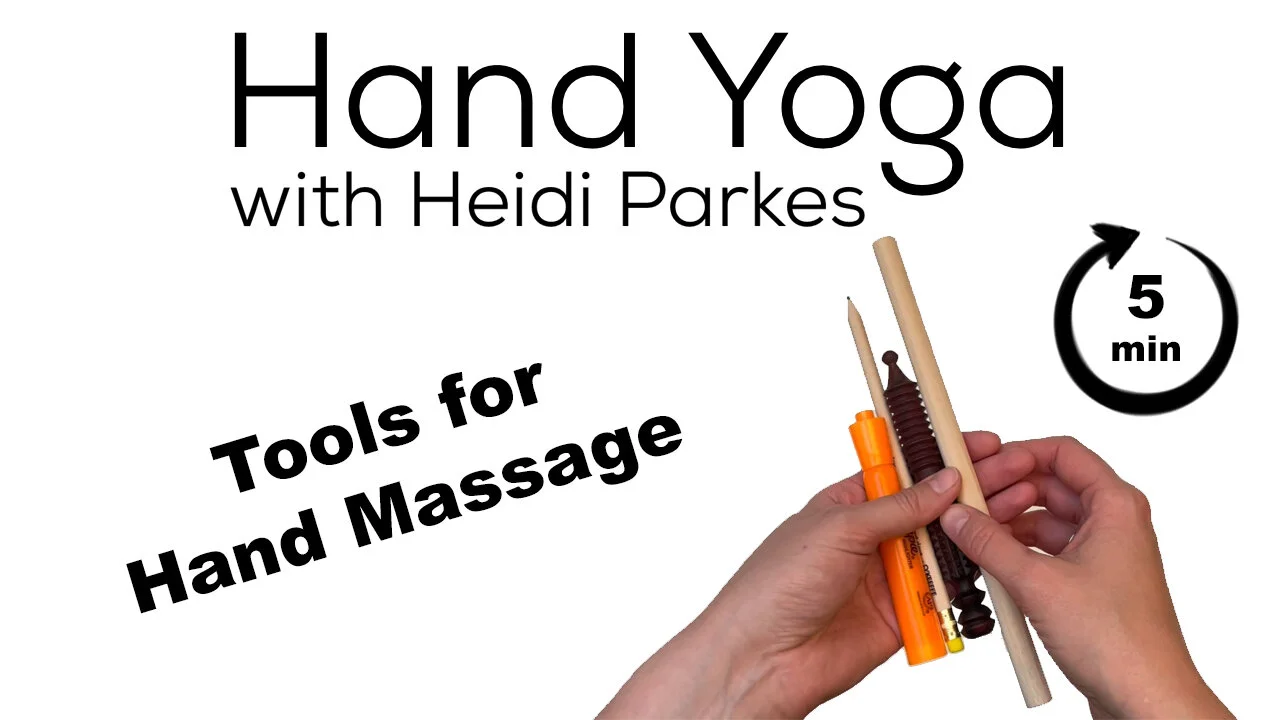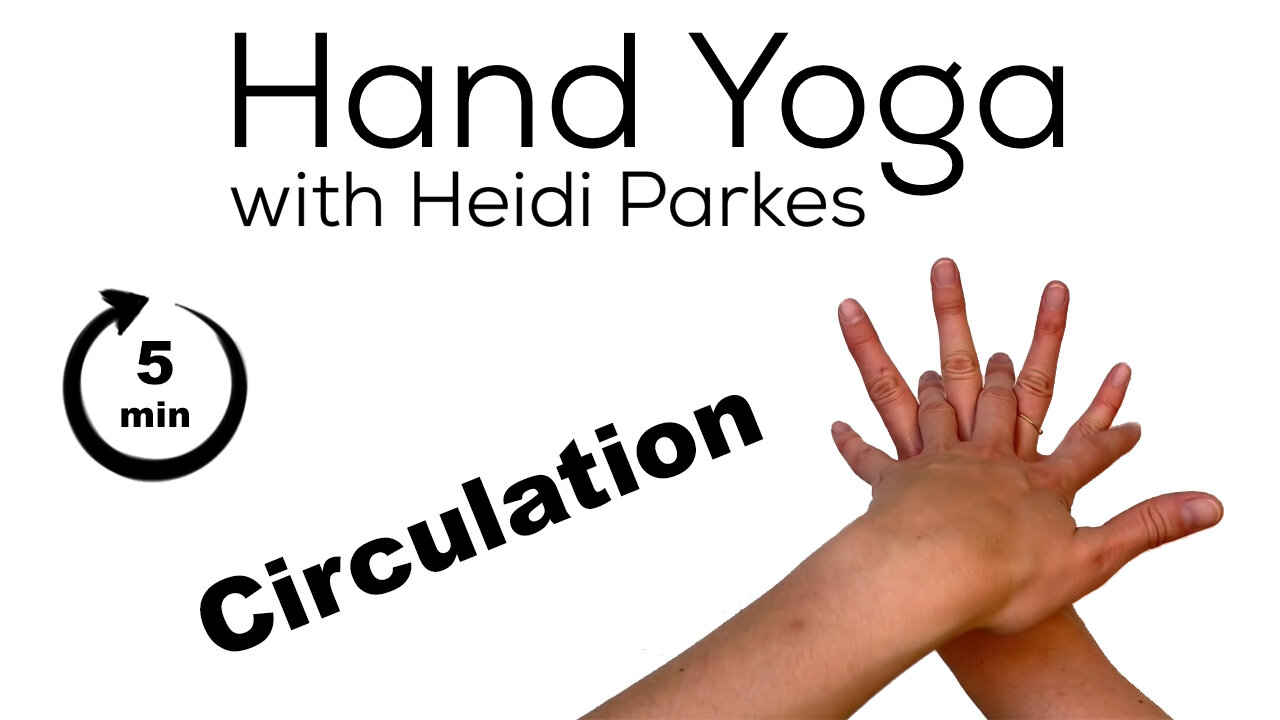Excerpts from my January 2021 email newsletter, and links from my 2/18/21 QuiltCon lecture with the MQG
Habits, Good to have on Hand...
Starting a new habit can be really tricky. I'm creating a lecture on the subject of habits for QuiltCon 2021, and with it due by the end of January, I'm extra keen on them right now. Here are some habits that I'm personally working on:
Reading audio books again: since my old habit was to listen to them on CD in my car, and I hardly drive anywhere further than 10 minutes away now.
I'm getting into Tai Chi, to broaden my mindfulness and exercise routines beyond yoga and walking.
I'm filming and editing videos for QuiltCon and YouTube, and learning new skills for that.
Here are some helpful tools for building habits. They can help you to join me for hand yoga in January, and can help you achieve other goals too!
Snuggle new habits next to deeply engrained ones! Our brains are a mix of highways, dirt roads, and footpaths- shifting between these is neural plasticity, and our ability to leave and start varying ways of doing things. We have more habits than we think, and owe the majority of our daily accomplishments to them. Selecting a firm habit as an anchor for a new one is a powerful skill: For example, if you check your email, watch netflix, or use YouTube, that could be a great time to add in 5 minutes of hand yoga.
Create visual cues. This hand yoga video uses a pencil, dowel rod, marma stick, or highlighter as a tool. Strategically placing these tools near your sewing supplies, nightstand, microwave, sink, or remote control can be a great reminder of your commitment to care for your hands.
Meditate or visualize a new habit. They say that doing something 20+ times is enough to start forming a habit, but how do you remember the first few times?! I've found a lot of success in meditation. I vividly picture the time of day, location, and anchor habit or visual cue. Then, I picture myself activating that new habit. By tuning into the sights, smells, textures, and sounds that accompany it, I can feel like I've already walked on that path before, so that in the moment, I remember to act on my new habit. Picture: where will you do hand yoga? TV, computer, or smartphone? Sitting or standing? Is the link bookmarked for easy access? Is there an alarm set on your phone? Have you enabled notifications from @HandYogaClub on your instagram?
This Hidden Brain podcast episode about habits was very informative for me: Creatures Of Habit: How Habits Shape Who We Are — And Who We Become
Habits Lecture Resources and Links:
My Yoga Teachers:
Indu Arora
Yogsadhna.com
*She teaches online
*She’s written books!
*She’s on YouTube, Podcasts, and iTunes
Rolf Gates
RolfGates.com
*He shares free meditations on Facebook, and teaches yoga live on Zoom
*He’s written books!
*He’s on YouTube and Podcasts
Podcast Episodes:
Hidden Brain: A Creature of Habit
The Subtle Forces: Put Away
NPR’s Invisibelia: How to Become Batman
NPR’s Life Kit: How to Make Exercise a Habit
*Search “Indu Arora,” she’s been on many podcasts, especially about daily routines
*Search Rolf Gates, he’s been on a few podcasts, especially about sobriety
My Reading List:
Indu Arora’s Books
Rolf Gates’s Books
Brene Brown’s Books
Untamed, Glennon Doyle
Braiding Sweetgrass, Robin Wall Kimmerer
Mindfulness, Ellen J. Langer
Me and White Supremacy, Layla F Saad
White Fragility, Robin DiAngelo
How to Be an Antiracist, Ibram X. Kendi
Becoming, Michelle Obama
A Promised Land, Barack Obama
Hold Still, Sally Mann
The Little Prince, Antoine de Saint Exupery
Remembrance of Things Past, Marcel Proust
Getting the Love You Want, Harville Hendricks
The Life-changing Magic of Tidying Up, Marie Kondo
More from Me:
HeidiParkes.com
My Monthly Newsletter
Youtube.com/heidiparkes
Instagram: @Heidi.parkes
@HandYogaClub
Amazon.com/shop/heidi.parkes
1/31/21 Instagram Live on @HandYogaClub, Zak Foster and I talked hand care and habits
Lecture Structure:
Part One: We discuss Habits
•Noticing a habit
•Physical habits
•Creative habits
•Social habits
•Habits of mind
•Limiting beliefs
Part Two: We discuss ways to alter Habits
•Habit snuggling
•Auto-pilot
•Object cues
•Meditation
•Mindfulness
•Willpower
My Habit Meditation:
•Picture the habit that you would like to change
•Consider where it could fit into your day
•Is it snuggled with a firm habit?
•Is an object connected to the habit?
•If it’s a ‘don’t want’ habit, transform your language and thinking into ‘do want.’
•Notice what happens before and after the new habit
•Now, vividly picture and feel the new habit in your mind’s eye, and in the cave of your heart, repeatedly, with your senses engaged




























